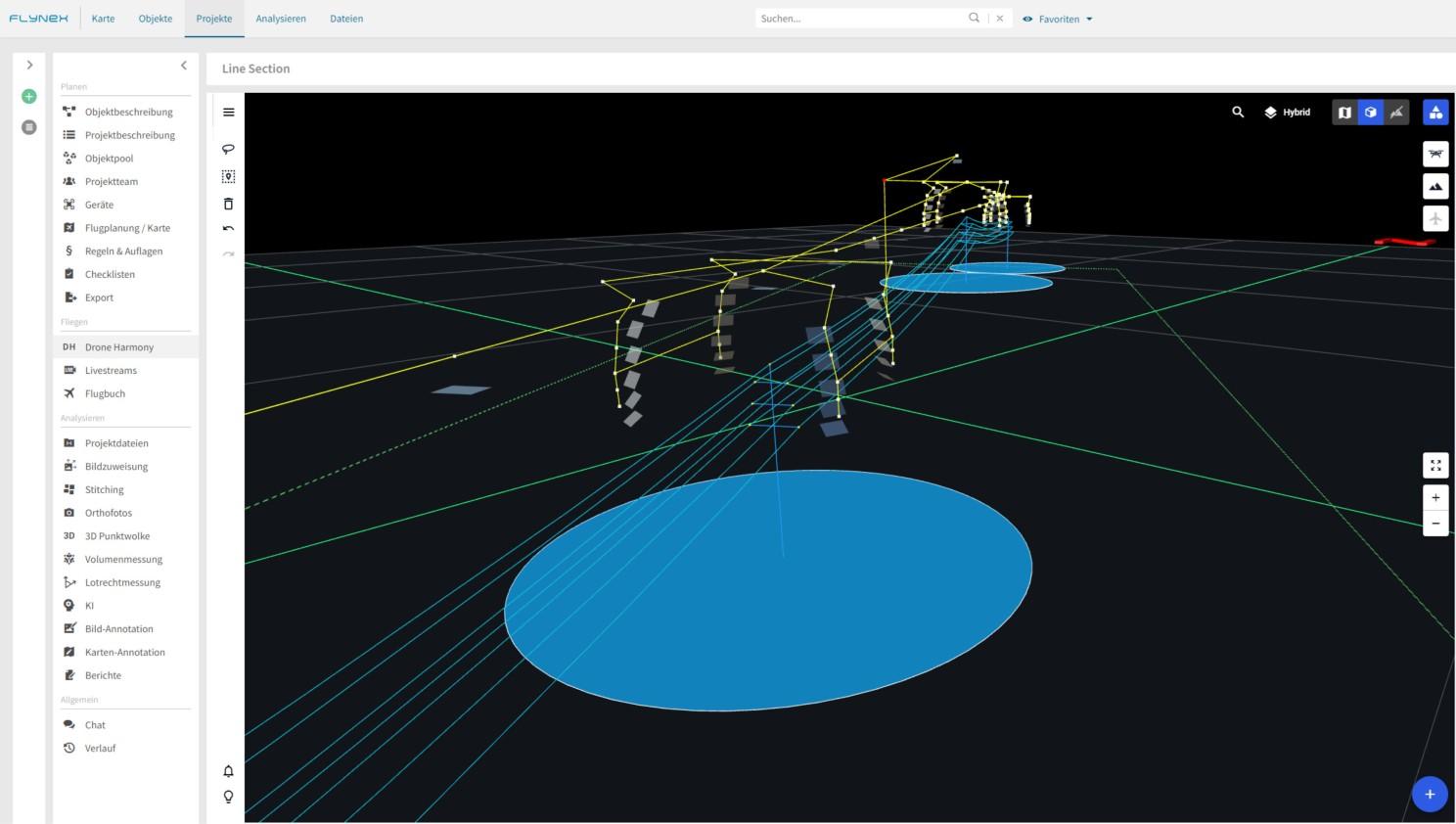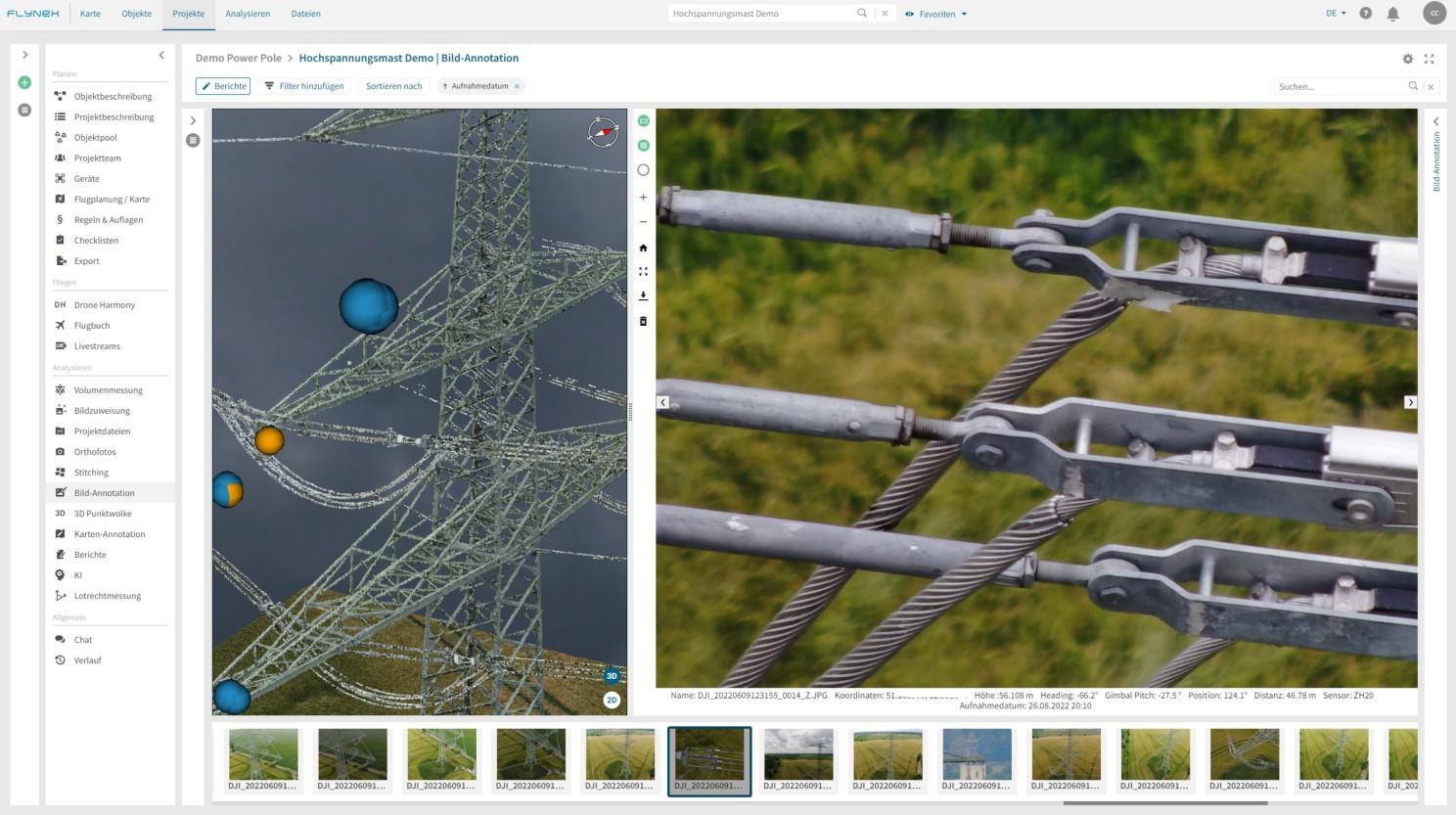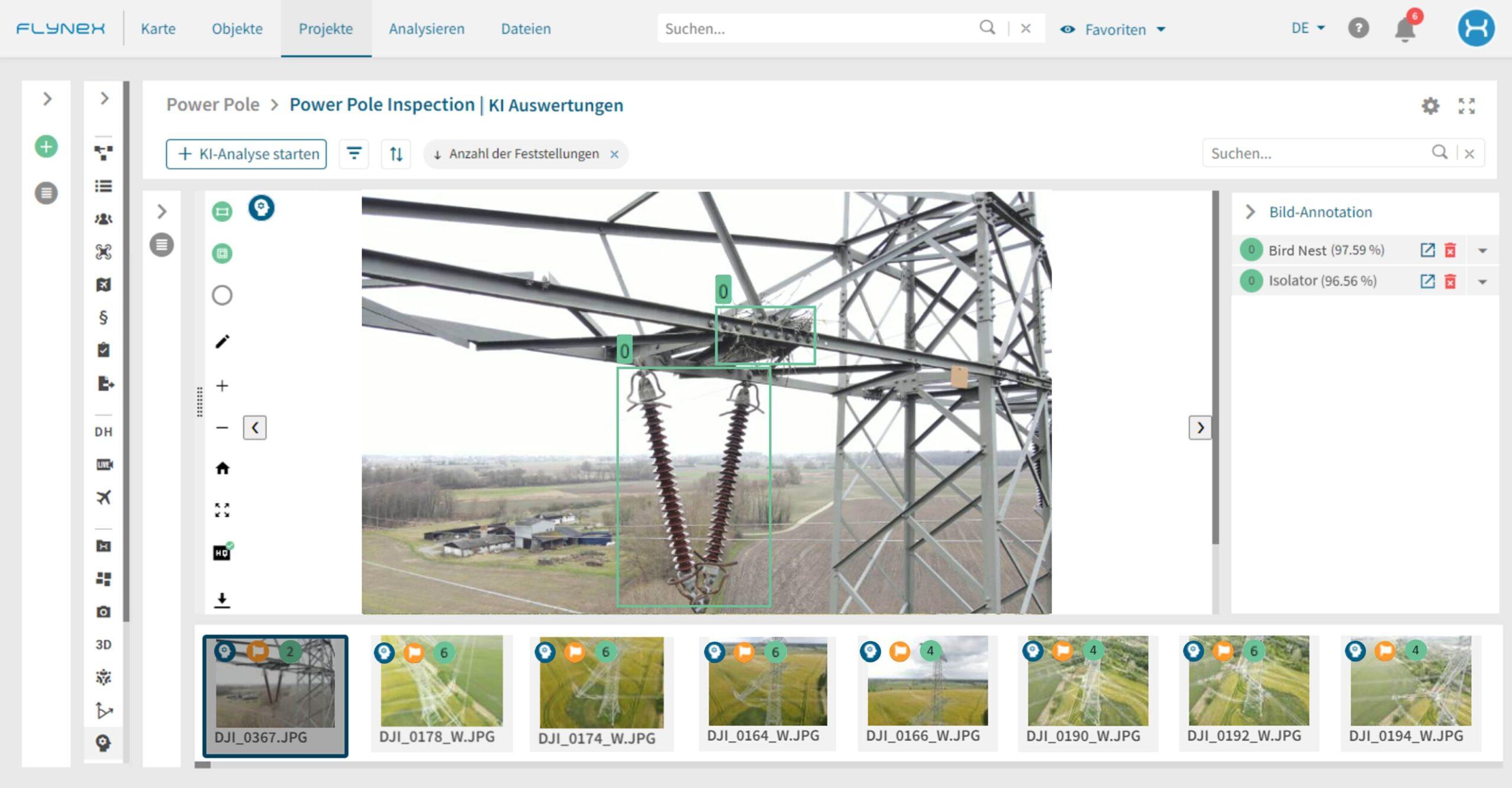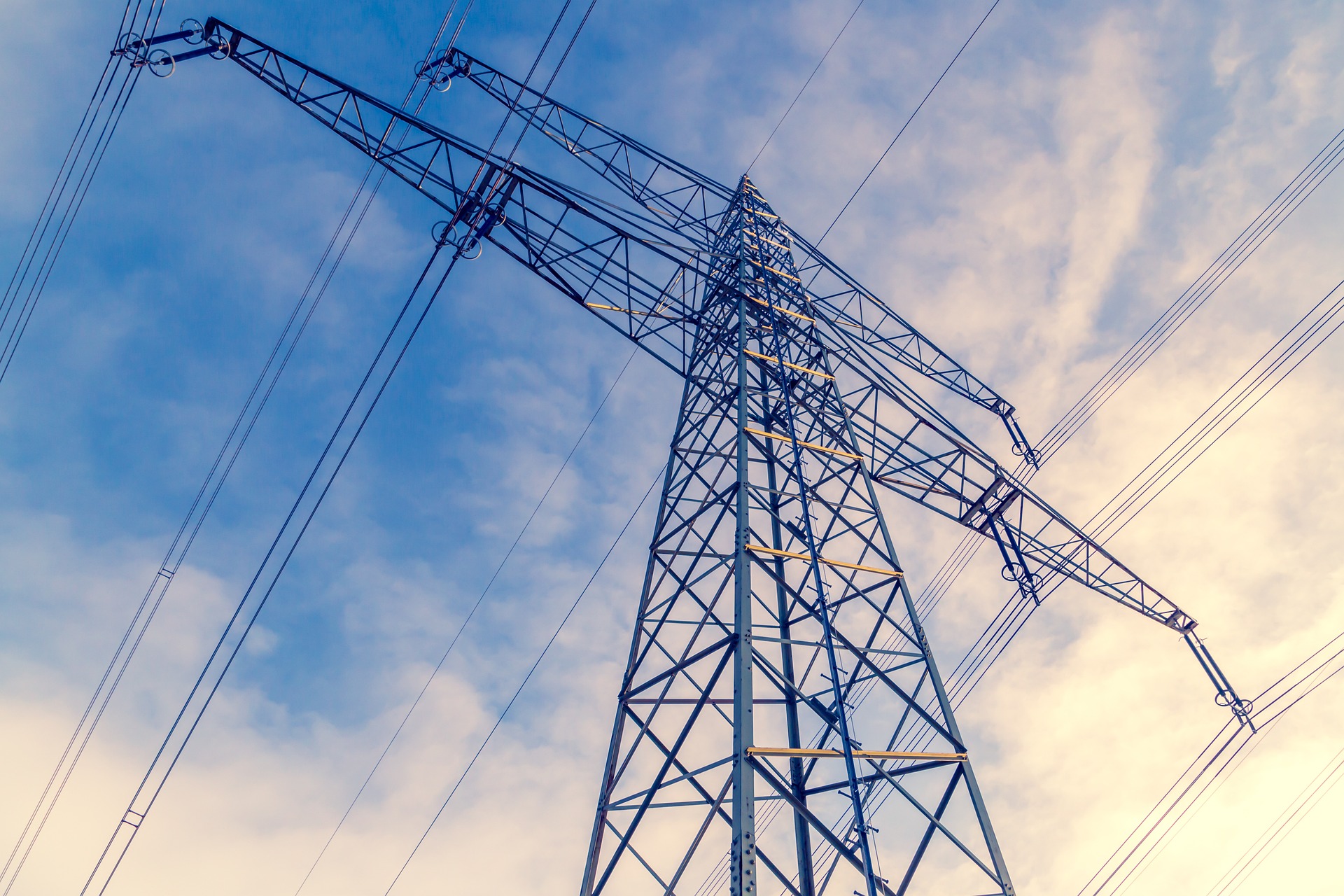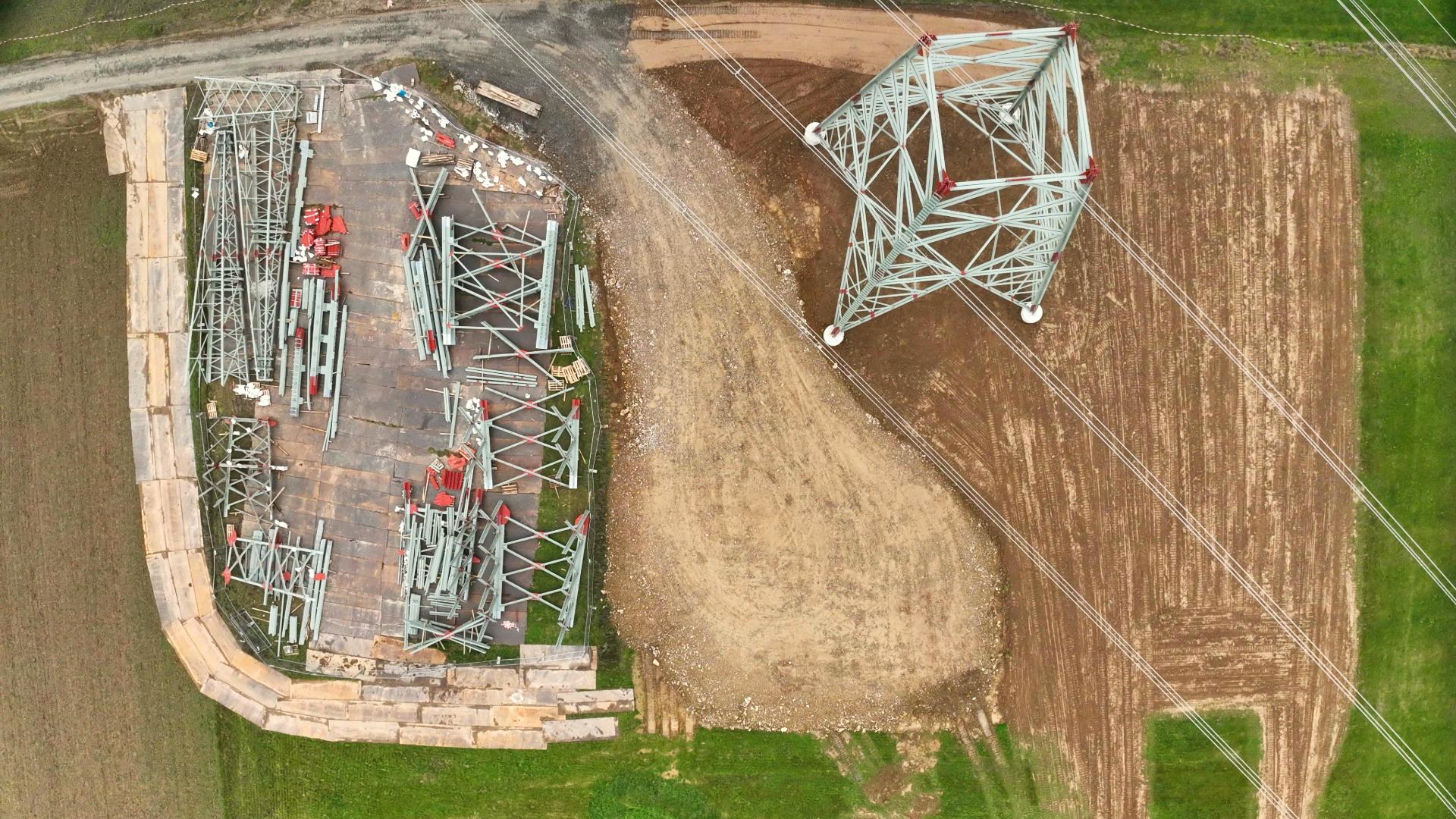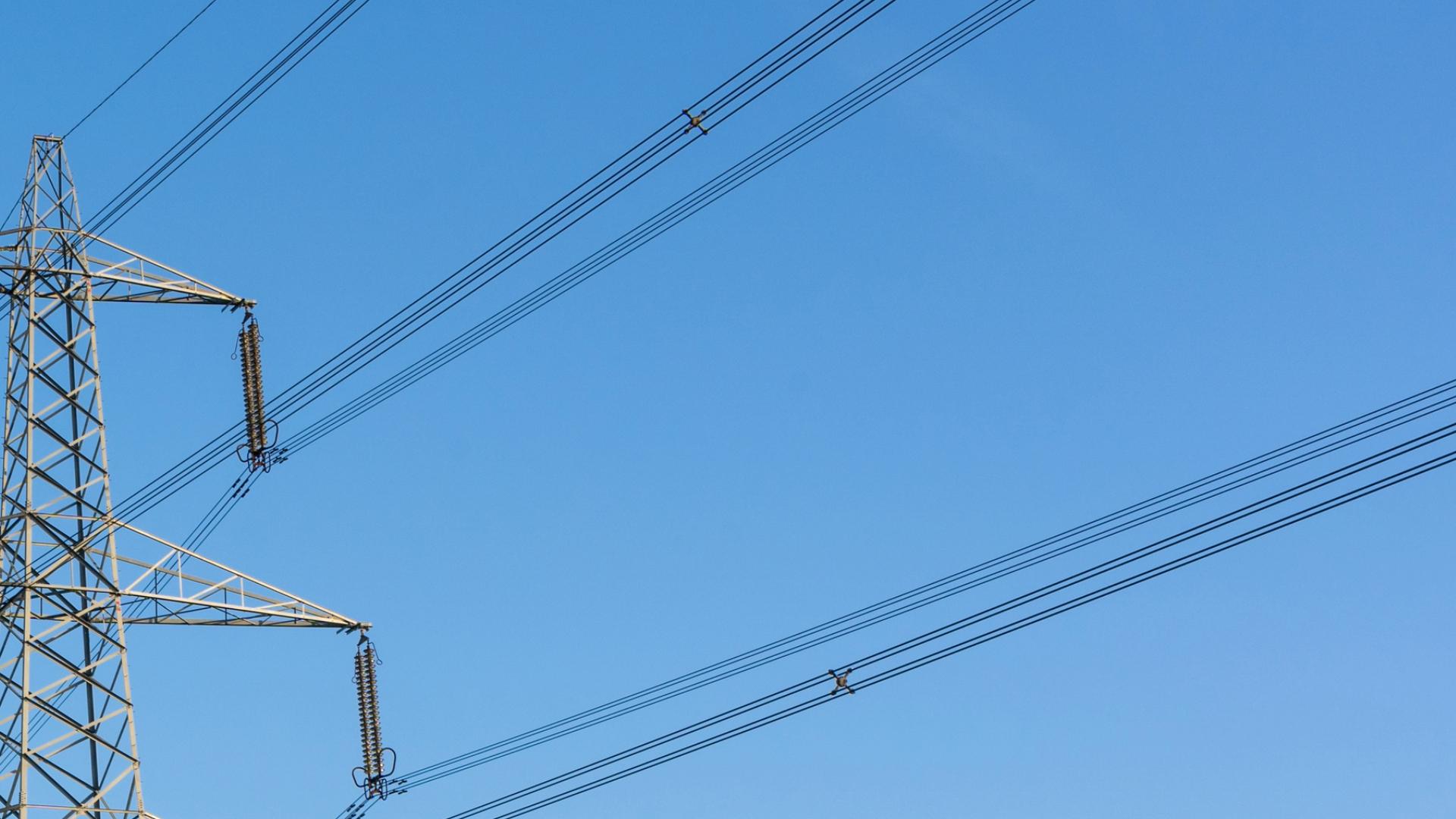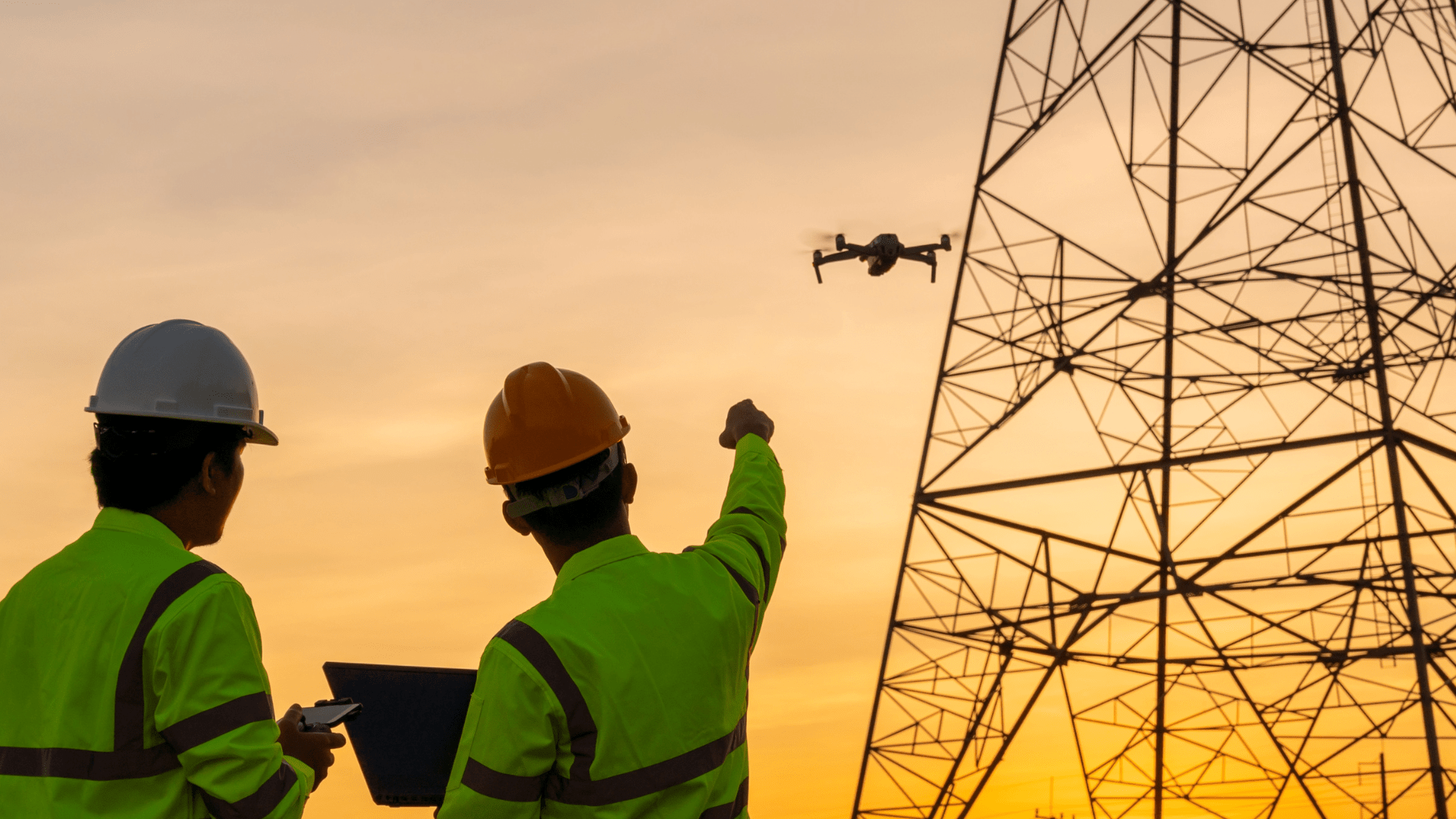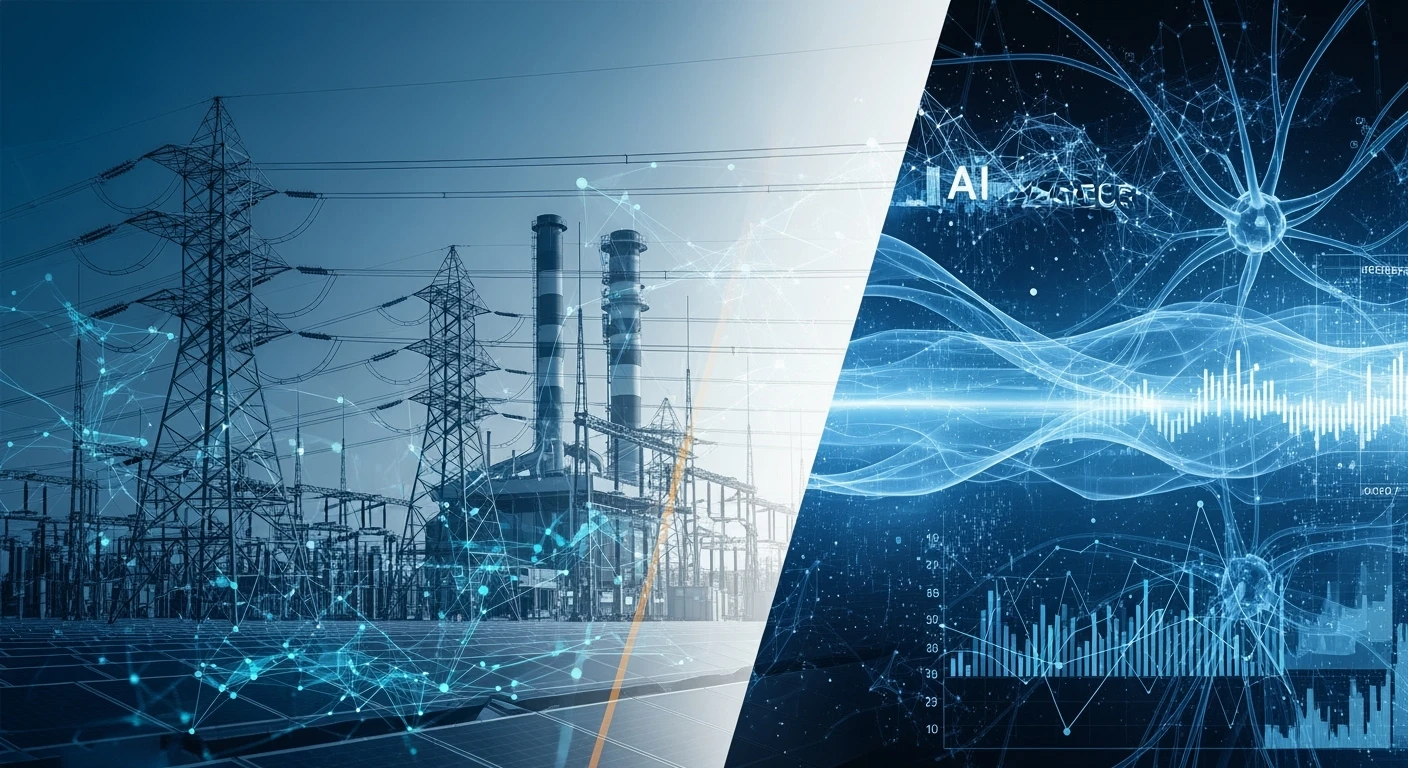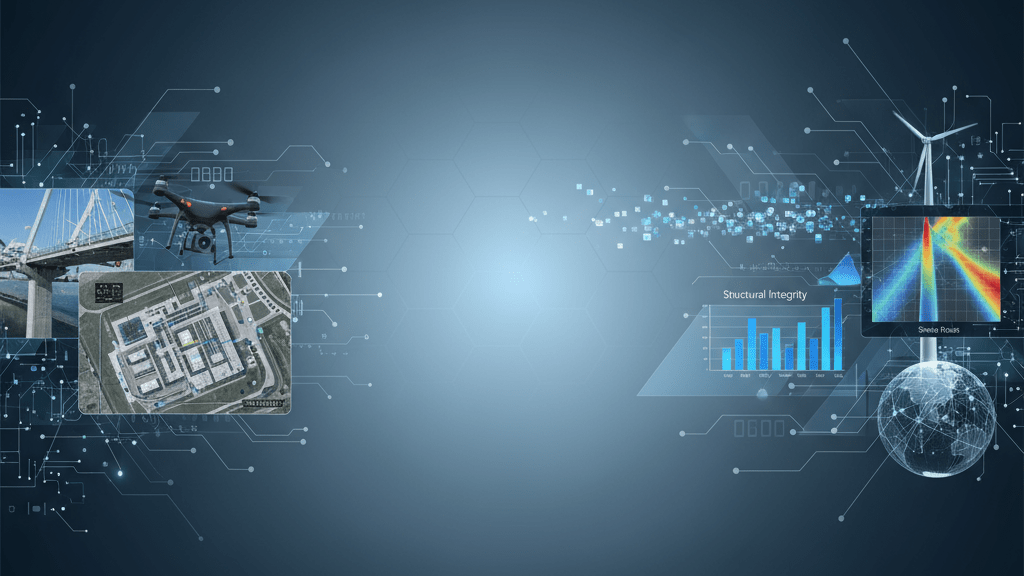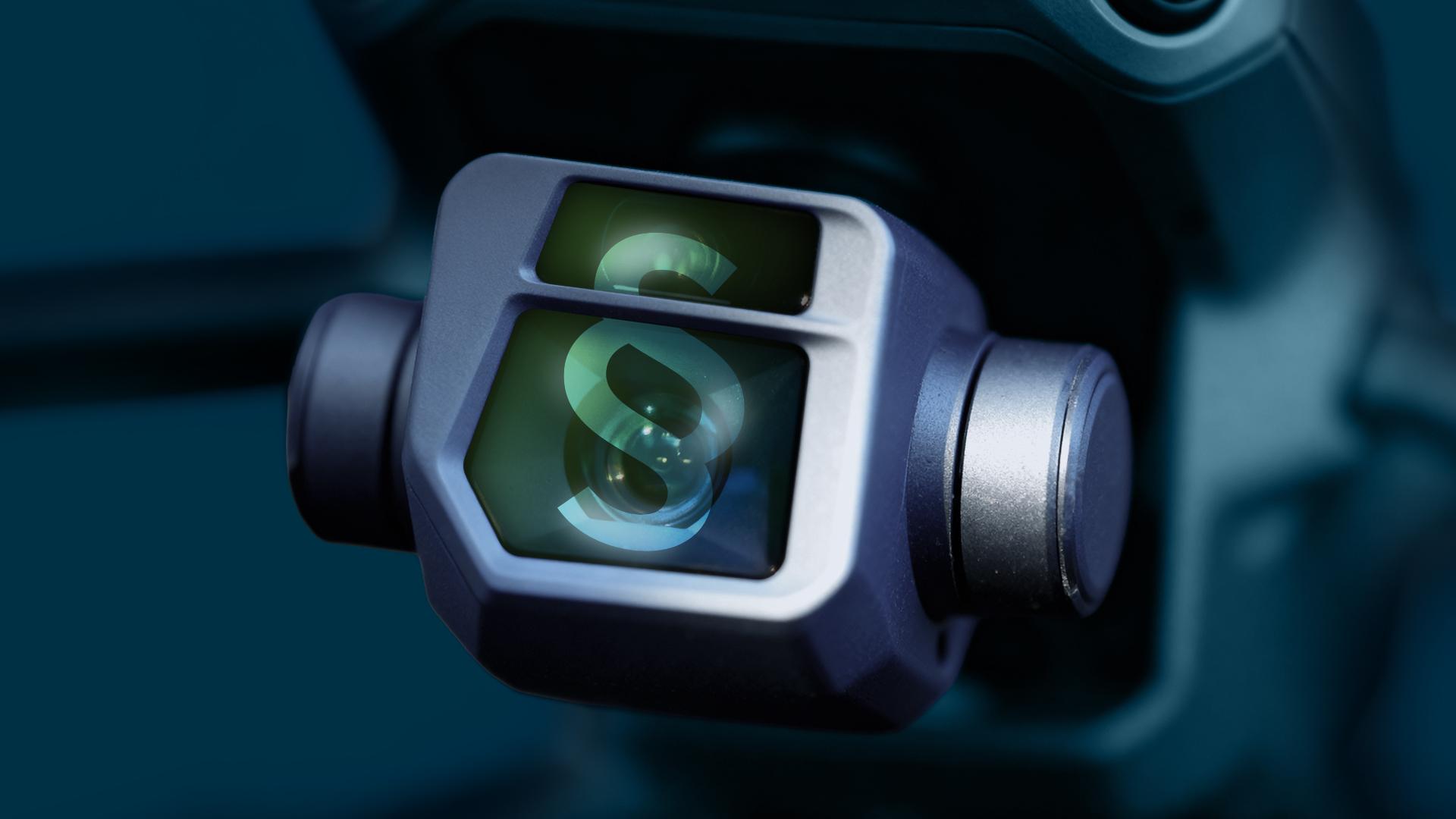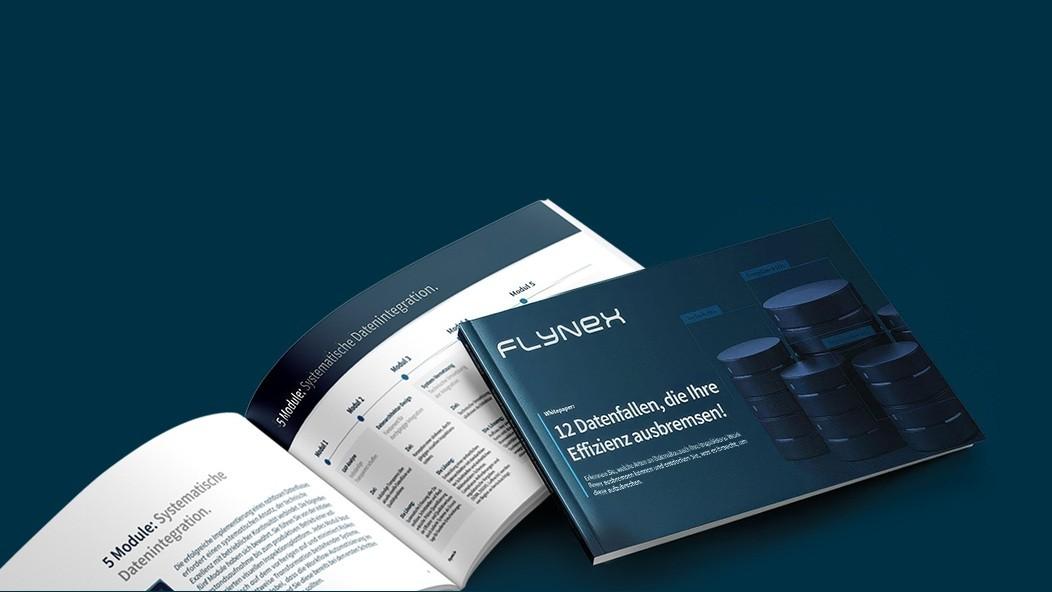Anforderungen für effiziente und sichere Prozesse
Die regelmäßige Inspektion und Wartung von Freileitungen ist von entscheidender Bedeutung für eine zuverlässige Energieversorgung. Mit dem Fortschritt der Technologie gewinnt der Einsatz von Drohnen bei der Freileitungsinspektion zunehmend an Bedeutung. Um jedoch die Effizienz und Sicherheit dieser Prozesse zu gewährleisten oder weiter zu verbessern, müssen bestimmte Anforderungen erfüllt werden. In diesem Artikel werden wir aufzeigen, wie Drohnen nachhaltig und effizient für die Freileitungsinspektion eingesetzt werden können.
I. Umfassende Kenntnisse über Regeln und Gesetze
Der erfolgreiche Einsatz von Drohnen bei der Freileitungsinspektion erfordert ein fundiertes Wissen über die geltenden Regeln und Gesetze, insbesondere in Bezug auf die Bodeninfrastruktur und den Drohneneinsatz. Eine moderne Softwareplattform kann hierbei unterstützen, indem sie automatisierte Funktionen zur Überprüfung der Einhaltung dieser Vorschriften bereitstellt. Geografische Daten werden hier automatisch mit aktuellen Gesetzen und Vorschriften analysiert, damit potenzielle Verstöße vermieden und die Inspektionen innerhalb der rechtlichen Grenzen durchgeführt werden. Hierdurch wird nicht nur die Sicherheit der Mitarbeiter und Dritter gewährleistet, sondern auch das Risiko von potenziellen weiteren Einschränkungen und rechtlichen Konsequenzen minimiert.
Das Luftverkehrsgesetz, die Luftverkehrsverordnung, die aktuellen Durchführungsbestimmungen sowie die Informationen für den sicheren, nachhaltigen und umweltfreundlichen Betrieb von Drohnen der europäischen Agentur für Flugsicherheit (EASA) sollten weitestgehend bekannt sein.
II. Effiziente Missionsplanung
Eine präzise und effiziente Planung von Freileitungsinspektionen ist entscheidend für erfolgreiche Ergebnisse. Der Einsatz einer fortschrittlichen Softwareplattform ermöglicht die vorausschauende Planung von automatisierten Flugrouten und die digitale Übertragung von Informationen an die Außendienstmitarbeiter. Dadurch werden Inspektionsprozesse nahtlos durchgeführt. Eine Stelle plant, die andere Stelle führt die Aufgaben durch.
Zudem sollte eine Plattform flexibel genug sein, um vor Ort Anpassungen an bspw. Flugrouten vornehmen zu können, um unerwarteten Hindernissen ausweichen zu können. Des Öfteren hatten auch wir schon Baukräne o. ä. unerwartet in der Nähe unserer Einsatzorte entdeckt und die bestehende Flugplanung musste angepasst oder verworfen werden. Eine flexible Missionsplanung erhöht eben die Effektivität der Inspektionen und spart wertvolle Zeit. Sind entsprechende Flugmuster für Ihre Objekte zudem standardmäßig auswählbar, brauchen Sie auch hier nicht kreativ werden und die Planung verkomplizieren.
III. Datenanalyse mit Künstlicher Intelligenz (KI)
Die von Drohnen erfassten Daten bieten wertvolle Einblicke in den Zustand der Freileitungen. Um diese Daten effizient zu analysieren und potenzielle Probleme und Schäden schneller zu erkennen, ist der Einsatz von Künstlicher Intelligenz (KI) mittlerweile zeitgemäß und unerlässlich geworden. Eine moderne Softwareplattform sollte leistungsstarke KI-Algorithmen integrieren können, die in der Lage sind, Muster und Abweichungen zu erkennen. Wir reden hier bspw. von Rissen, Brüchen oder Deformationen. Inspektionsprozesse können dadurch stetig optimiert werden, was zu einer höheren Effizienz und besseren Inspektionsergebnissen führt.
Die Integration von KI-Technologien in die Datenanalyse trägt so maßgeblich zur Sicherstellung einer zuverlässigen Energieversorgung bei. Stellen Sie sich vor, Sie könnten Ihre eigene KI für Ihre eigenen Schadklassen trainieren, ja, das geht.
IV. On-Premise oder Cloud-Computing-Service für die kritische Infrastruktur?
Bei den Freileitungsinspektionen ist die Sicherheit von Daten von größter Bedeutung. Aus diesem Grund kann es ratsam sein, eine Softwareplattform zu wählen, die eine On-Premise-Lösung bietet. Das bedeutet, dass die Daten und die gesamte Infrastruktur in der eigenen Private-Cloud oder dem eigenen Rechenzentrum gehostet werden, anstatt auf externen Servern oder Cloud-Diensten (Azure, AWS und andere). Diese Herangehensweise kann es Unternehmen ermöglichen, die Sicherheitsstandards an ihre spezifischen Anforderungen anzupassen. Die Vor- und Nachteile sind jeweils vielfältig und müssen gut überlegt sein, wenn sich ein Unternehmen für eine On-Premise-Lösung entscheiden sollte. Dazu sind hier einige Vor- und Nachteile einer On-Premise-Lösung gegenübergestellt.
Vorteile On-Premise:
- Maximale Kontrolle und Datensicherheit – mit modernster Verschlüsselungstechnologie und strenger Zugriffskontrollen können Ihre Daten im eigenen Unternehmen und in Eigenverantwortung effektiv geschützt werden
- Hohe Verfügbarkeit – Ihre Informationen sind direkt verfügbar und ermöglichen stets zeitkritische Entscheidungen und Verarbeitungen
- Spezifische Anpassbarkeit – Eine Softwarelösung kann flexibler an die spezifischen Anforderungen Ihres Unternehmens angepasst werden, damit Prozesse und Lösungen in der eigenen IT-Infrastruktur ineinander greifen
Nachteile On-Premise:
- Hohe Kosten – Neben den anfänglichen Investitionskosten in die eigene Hardware, entstehen auch Kosten für Softwarelizenzen und das eigene Personal (Stichworte: Einrichtung und Wartung)
- Verantwortungen – Alle Aktualisierungen und die Sicherheit Ihrer IT-Infrastruktur liegen bei Ihnen und erfordern ein spezialisiertes Team für regelmäßige Aktualisierungen, damit Sicherheitslücken stets geschlossen sind und die Funktionen reibungslos funktionieren
- Weiterentwicklung und Updates – Bei der spezifischen Anpassung auf das Unternehmen werden Weiterentwicklungen der Lösung gegenüber Cloud-Diensten langsamer und ohne Synergieeffekte deutlich aufwendiger
Fazit
Die Zeit ist gekommen, um die Freileitungsinspektionen auf ein neues Level zu heben und die Vorteile der technologischen Fortschritte voll auszuschöpfen. Mit den Lösungen von FlyNex erfüllen Sie die Anforderungen für effizientere und sicherere Prozesse und bewältigen erfolgreich die zukünftigen Herausforderungen der Energiewirtschaft, um eine nachhaltige Zukunft für die Energieversorgung zu schaffen.
Merke:
1. Drohnen in Verbindung mit modernen Softwareplattformen bieten eine effizientere Alternative zur herkömmlichen Freileitungsinspektion.
2. Die hohe Bildqualität der Drohnenbilder ermöglicht eine detaillierte virtuelle Inspektion und Schulung von künstlicher Intelligenz.
3. Teilautomatisierte Inspektionsprozesse mit standardisierten Flugrouten erleichtern und beschleunigen die Inspektionsarbeit.
4. Die Einhaltung gesetzlicher Vorschriften und Genehmigungen ist zwingend erforderlich und eine Softwareplattform kann die Prüfung dieser Vorschriften automatisiert durchführen.
5. Lassen Sie sich von Spezialisten beraten und nutzen Sie die Vorteile frühzeitig.
Bleiben Sie dran, um mehr über dieses Thema zu erfahren und nehmen Sie direkt Kontakt mit uns auf, wenn Sie schon heute diese Technologien für sich nutzen wollen.
Gemeinsam revolutionieren wir auch Ihre Prozesse!
